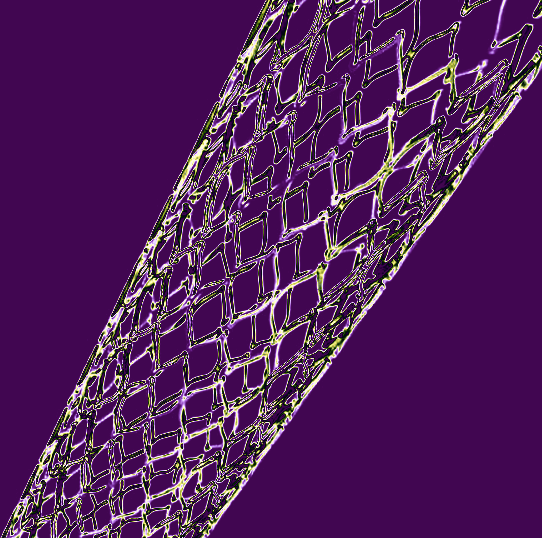3D-printed stents developed
 Australian researchers have made it possible to 3D print tailor-made stents - a critical device used to treat blocked arteries.
Australian researchers have made it possible to 3D print tailor-made stents - a critical device used to treat blocked arteries.
It could be a major breakthrough in the production of self-expanding nitinol stents for Peripheral Arterial Disease (PAD), which afflicts more than 10 per cent of Australians.
PAD is a condition in which fatty deposits collect and reduce blood flow in arteries outside the heart — most commonly in the legs. People with PAD typically experience pain when walking and in severe cases may develop gangrene.
The $16 billion global stent manufacturing industry aims to combat this condition, but until now, surgeons have been restricted to accessing 'off-the-shelf' stents for operations.
The ability to 3D print stents is expected to improve sizing options, preserve essential anatomy, and enable diameters and shapes to suit individual patient requirements.
The process could also allow for individual stents to be made on-site, under the surgeon's direction, reducing inventory and saving money.
One of the major obstacles was finding a way to 3D print a self-expandable nitinol stent without compromising the metal's unique properties.
Scientists at CSIRO's Lab22 in Melbourne cracked the problem using a cutting-edge 3D printing process called Selective Laser Melting.
CSIRO Principal Research Scientist Dr Sri Lathabai said the process allowed them to create complex products with high geometric accuracy that are patient specific.
“Nitinol is a shape-memory alloy with superelastic properties,” Dr Lathabai said.
“It's a tricky alloy to work with in 3D printing conditions, due to its sensitivity to stress and heat.
“We had to select the right 3D-printing parameters to get the ultra-fine mesh structure needed for an endovascular stent, as well as carefully manage heat treatments so the finished product can expand as needed, once inside the body.”
A new company, Flex Memory Ventures, has been established to drive commercialisation of the technology.








 Print
Print